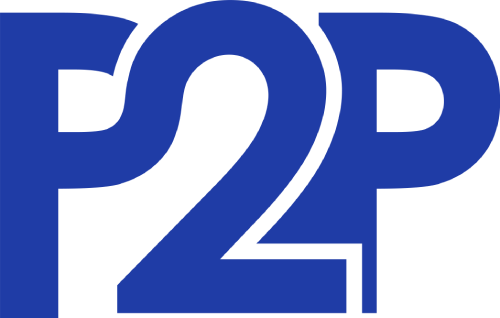 As a project manager, if you ever find yourself expressing frustration to a service company by saying, "but that's not what I asked for", or getting a response like “we thought that’s what you meant”, the responsibility for the disconnect is on you!
As a project manager, if you ever find yourself expressing frustration to a service company by saying, "but that's not what I asked for", or getting a response like “we thought that’s what you meant”, the responsibility for the disconnect is on you!
Such misalignments or misunderstandings are generally a result of poorly documented product and project requirements, resulting in undoing and/or redoing the work and ultimately wasting time and money. Establishing a robust set of requirements from the get-go is particularly crucial when outsourcing the project to a service company.
Do you know exactly what you want?
Before you start anything, you must develop two essential documents that will lay the groundwork for a successful collaboration with the outsourcing company. They are:
- Product (or Service) requirements document – This is a document that describes the features, functionality and capabilities (e.g. performance, scalability or reliability) of the product.
- Statement of Work (SOW) – The SOW serves as a comprehensive description of the Project Requirements. It covers diverse aspects of the project including scope, objectives, features/functionality (based on and referencing the product requirements document), testing requirements, communication (frequency, method, status reporting), standing meetings, shared documents, processes, and likely more areas depending on the size and complexity of the work.
It is important to highlight that, for smaller projects, you can collaborate with the selected service company to refine the SOW to include major milestones, deliverables, resourcing, payment terms, and confidentiality requirements, and use it as the formal agreement between your organization and the service company. However, for more complex and larger projects, the SOW may be integrated into a separate Service Level Agreement (SLA).
Importance of the requirements documents
A well-developed requirements document, whether product requirements or the SOW, lays the groundwork for successful project planning, execution, delivery, and support. It enhances communication between stakeholders, minimizes misunderstandings, and contributes to the overall project success.
The requirements document is utilized to support the following key tasks. Given the evident nature of these tasks, we are refraining from explaining them in detail to maintain the brevity of this mini blog.
- Evaluation and selection of an outsourcing partner – Project managers must thoroughly assess if the outsourcing companies have the necessary expertise and capabilities to successfully implement the product and meet project requirements.
- Time and cost estimates
- Project milestones and deliverables (overall schedule)
- Product design and implementation
- Acceptance test plans – Verifying the completion of a deliverable from the outsourcing company. Generally, completion of deliverables are linked to the payment schedule.
- Functional and usability test plans
- Product support and maintenance
As you can imagine, a high-quality and robust product requirements document and SOW are essential for ensuring the reliable completion of all the tasks mentioned above.
Key Characteristics of a Well-Developed Requirements Document
Essential attributes of a well-developed requirements document are:
- Clear and Unambiguous – The document should use clear and concise language to ensure that each requirement is easily understood by all stakeholders with no room for interpretations. Ambiguous or vague requirements can lead to misunderstandings and misinterpretations.
- Detailed and Specific – Each requirement should be specific and measurable, allowing for objective verification of its successful implementation.
- Complete and Comprehensive – The document should encompass both functional and non-functional requirements, as well as any constraints or dependencies.
- Testable – Each requirement should be testable, allowing the project team to validate and verify its successful implementation during testing phases.
- Prioritized – Requirements should be prioritized based on their importance and impact on the project's success. This allows the project team to focus on critical aspects first and make informed decisions when dealing with limited resources. Moreover, prioritization empowers project managers to define a Minimum Viable Product (MVP) for an early market launch, if needed.
- Feasible and Realistic – The requirements must be technically feasible and aligned with the project's resources and constraints. Unrealistic or unattainable requirements can lead to project delays and failures. This decision is typically made collaboratively with the outsourcing experts involved in the project.
- Understood and Signed Off – The requirements document should be formally reviewed and approved by all relevant stakeholders (project manager and the outsourcing company).
Get in the habit of writing things down!
 Requirements may evolve to enhance functionality or reflect customers’ desire for additional capabilities. Regardless of the scale of the change, it is crucial to update the requirements document thoroughly throughout the project's lifecycle. It is a living document and needs to be revised as changes are introduced.
Requirements may evolve to enhance functionality or reflect customers’ desire for additional capabilities. Regardless of the scale of the change, it is crucial to update the requirements document thoroughly throughout the project's lifecycle. It is a living document and needs to be revised as changes are introduced.
When collaborating with an outsourcing service company, it is essential to increase the level of written communication to prevent misunderstandings and miscommunications. Relying solely on verbal communications to convey such changes may not suffice. As a project manager, it is important to get in the habit of documenting all requirements and changes to ensure clarity and understanding.

